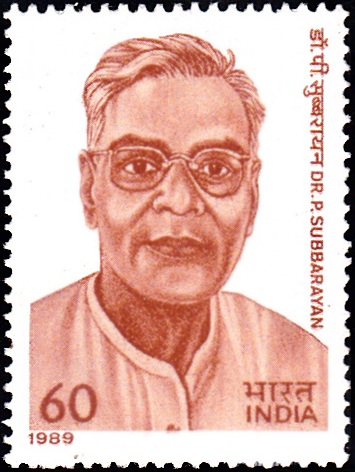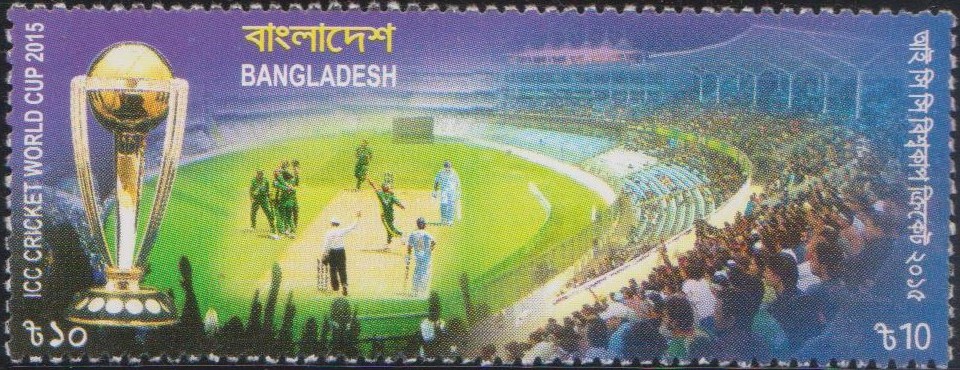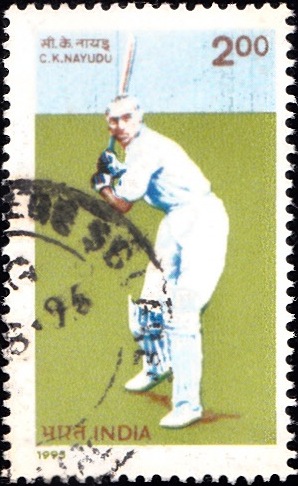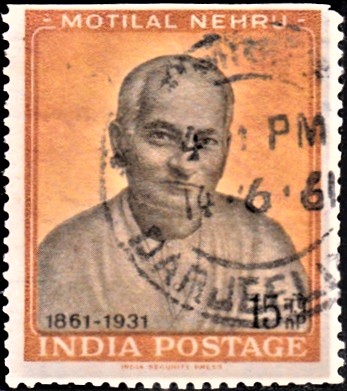
Dr. P. Subbarayan
A commemorative postage stamp on the Birth Centenary of Dr. Paramasiva Subbarayan, founder-President of the Board of Control for Cricket in India (BCCI) (1937-38, 1945-46) :
Issued on Sep 30, 1989
Description of Designs : The designs of the stamp and the First Day Cover are based on photographs provided by Shri P.R. Kumarmangalam. Cancellation design is by Ms. Alka Sharma.
Type : Stamp, Mint Condition
Colour : Single colour
Denomination : 60 Paise
Overall size : 3.91 x 2.90 cms.
Printing size : 3.55 x 2.54 cms.
Perforation : 13 x 13
Paper : Indigenous un W/M P.G. coated gummed stamp paper
Number Printed : 10,00,000
Number per issue sheet : 35
Printing Process : Photogravure Process
Printed : India Security Press
Name : Paramasiva Subbarayan
Born on Sep 11, 1889 at Salem, Madras Presidency, British India
Died on Oct 6, 1962 at Madras, India
About :
- Born on 11th September, 1889, in one of the biggest land owning families of Tamil Nadu, Dr. Subbarayan was one of the few leaders of national stature from Salem District. His father, Paramsiva Gounder, having died in an accident, when he was only 8 years old, he was put under the care of the Court of Wards. Young Subbarayan inculcated patriotic feelings through Mr. Camben Morrison, his school teacher. Later, he studied in Hindu High School and Presidency College of Madras. It was while he was in college that he met Radhabai, a Mangalorean from Brahmo Society, who he married according to Brahmo rites with the blessings of Rajaji. Rajaji‘s philosophy and political thinking guided Dr. Subbarayan throughout his life.
- Dr. Subbarayan qualifies as a barrister and obtained a Doctorate in Law from Dublin.
- In 1921 he became a Council Secretary to the Minister for Development in Tamil Nadu. He served as MLC from Tiruchengode for 15 years from 1922 to 1936. He joined the Congress movement in 1933. Dr. Subbarayan‘s initial intimacy with the Justice Party enabled him to be the Premier of the Madras Presidency from 1926 to 1931.
- Dr. Subbarayan was an admirer of British liberal political thought and also a staunch follower of Gandhiji and Rajaji. He served as Education and Law Minister in Madras Presidency and was a Minister in Rajaji‘s cabinet in 1937. He was imprisoned alongwith his wife in 1940 for participating in the Congress movement. Later, from 1947 to 1949, he was a Minister and the leader of the House in O.P. Ramaswami Reddiar‘s Ministry. He was Home Minister and Minister for Police in the same Ministry. In these capacities he introduced reforms including the Zamindari Abolition Act.
- He was a member of the Constituent Assembly. In 1949 he was sent as Ambassador to Indonesia. On his return in 1954, he became a Rajya Sabha Member and was elected as a Member of the Privileges Committee. In 1957, he was elected to the Lok Sabha from Tiruchengode constituency and in 1959 he became the Union Minister for Communications and Transport in Pandit Nehru‘s Cabinet. As a Union Minister he had taken many progressive steps.
- He won the 1962 election from Tiruchengode again. He was appointed as Governor of Maharashtra in 1962, but he served in this capacity only for a few months, as he died in 1962.
- He had interests in many fields in life. He was a keen cricket player and he played even for the M.C.C. of England. He was the founder President of the Cricket Control Board.
- Text : Courtesy Shri P.R. Kumaramangalam, MP.







